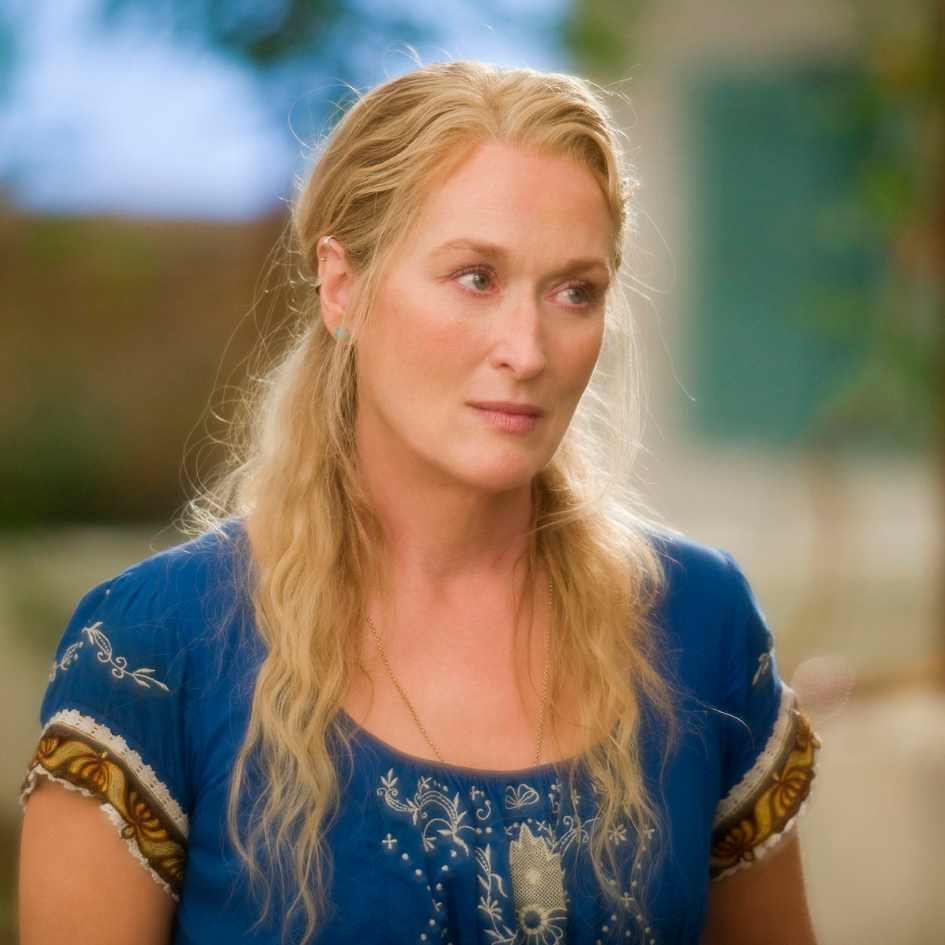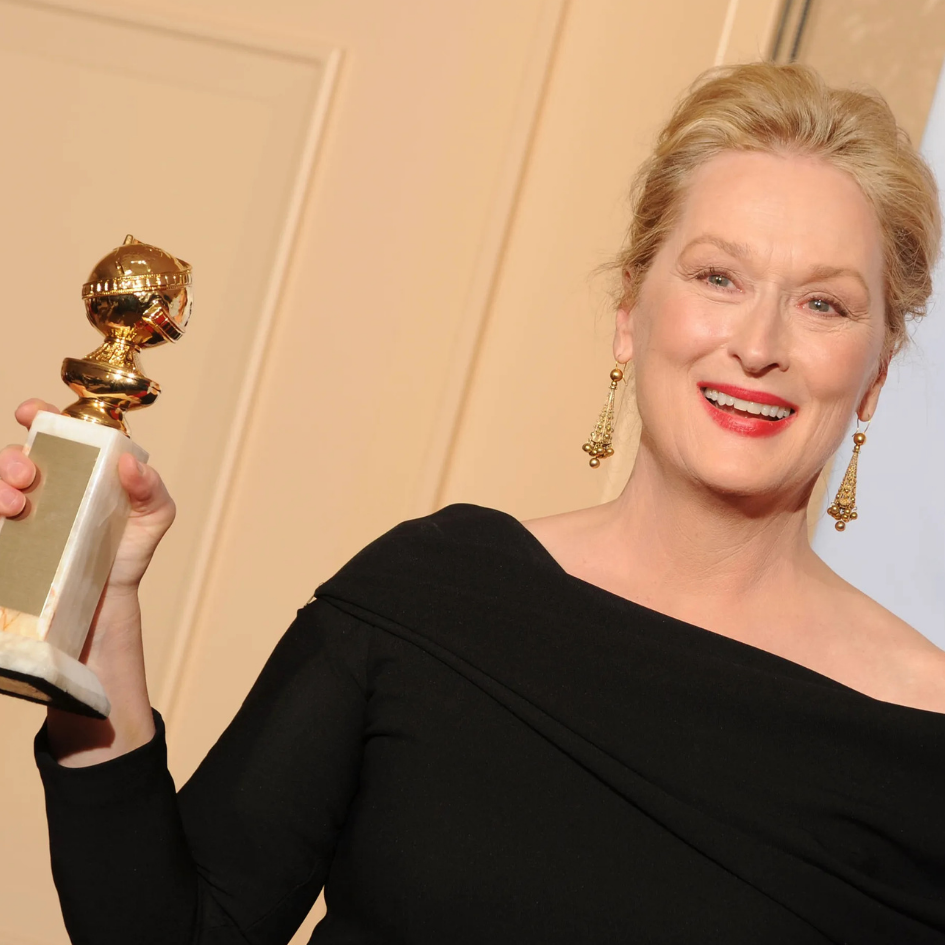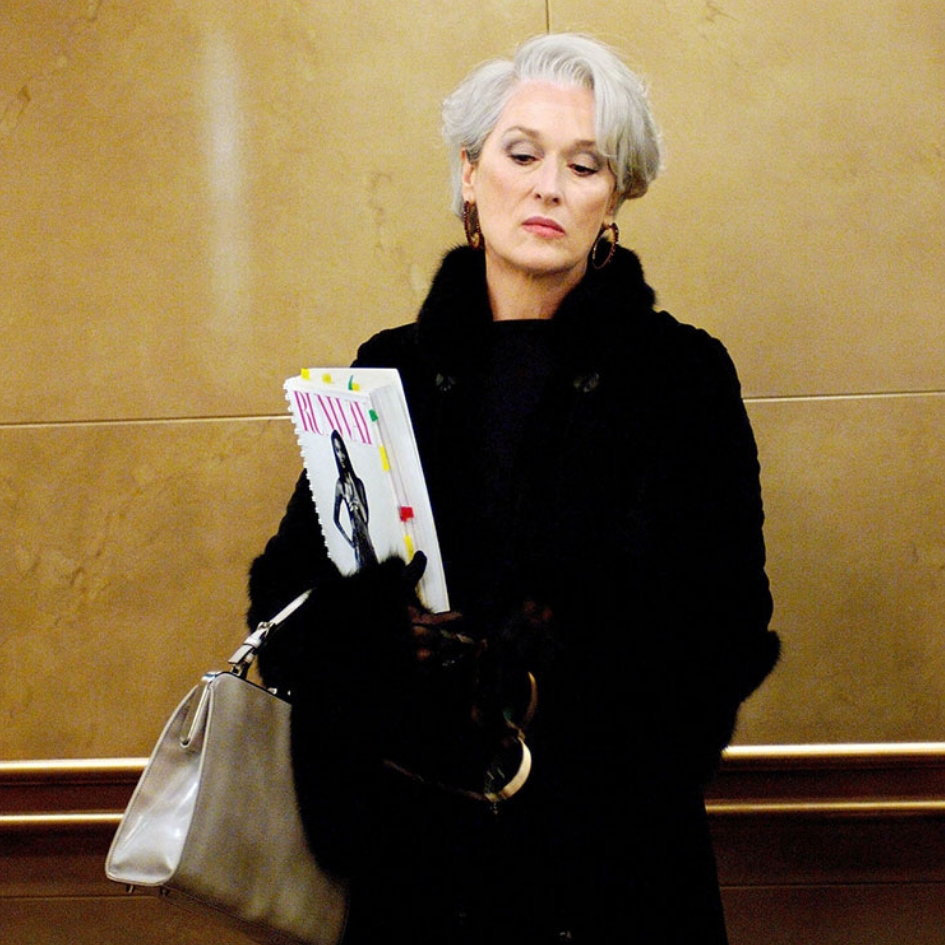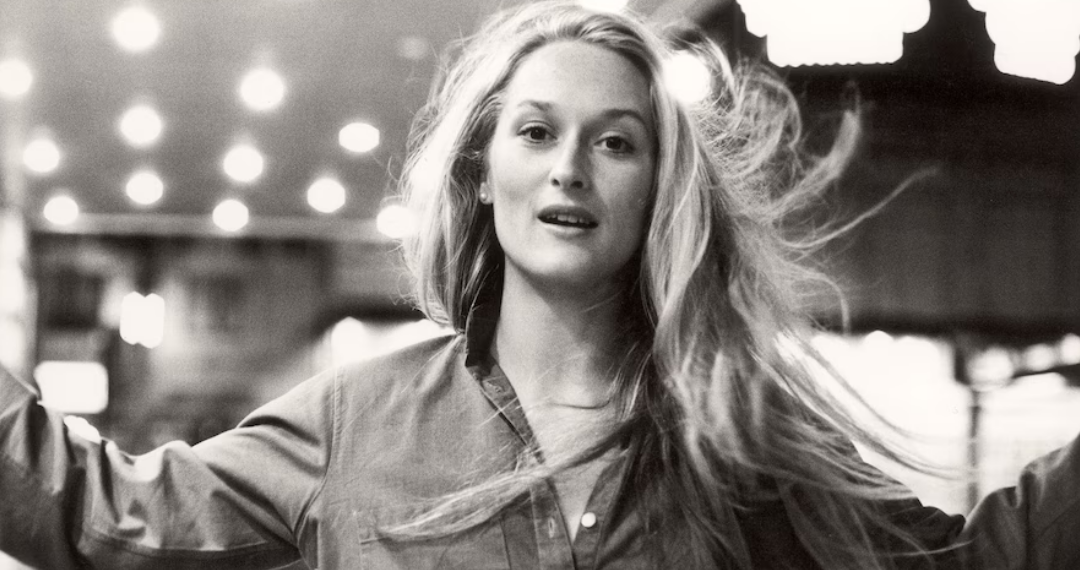It’s been thirty-five years since American actress Meryl Streep first visited the Cannes Film Festival. This year, she had a special reason to return to the French Riviera: the actress received the Golden Palm of Honor for her outstanding career. Over the last 50 years, Streep has won many awards. She has been nominated for an Oscar 21 times and won three of them. In the history of the American Film Academy, only Katharine Hepburn has more wins – four Oscars in total. Since Hepburn is no longer alive, Meryl Streep still has the chance to break that record. When it comes to other awards, no one can really compete with her: she has received 33 Golden Globe nominations and won eight, including the Cecil B. DeMille Award. She has also been honored at many international film festivals.

Meryl, at this year’s Cannes Film Festival you received the Palme d’Or. What does this recognition mean to you?
Standing next to people who received this honor in the past made me feel proud, humble, and deeply moved. During the opening ceremony, I felt many emotions at once – joy, sadness, nostalgia, and gratitude. It was hard not to cry while watching the video of my films, seeing myself on the big screen as a 20-, 30-, 40-, 50-year-old, and now, today. What touched me even more were the tears in the eyes of the audience. Awards are a great honor, and I’m thankful that what I do is valued so highly. But for me, what’s even more important is doing what I love and bringing joy to audiences.

How do you manage to stay such a versatile actress?
I always try to challenge myself and avoid playing the same types of roles. Playing Margaret Thatcher in The Iron Ladyand the witch in Into the Woods were two completely different experiences that helped me grow as an actress. I’ve been on screen for almost half a century, so I have to work hard to make sure I don’t become boring – for myself or for others.

Your breakthrough moment on the big screen was your role in The Deer Hunter in 1978, alongside Robert De Niro.
That was an amazing time in my life. I actually wrote part of the text for my character myself because I wanted to give her more depth. Back then, it wasn’t easy for a woman to express her opinions loudly, let alone ask for changes in a script. It was important for me to show my independence as an actress. I’ve always believed that women’s stories – with all their truth and complexity – deserve just as much attention as stories about men’s heroism. Today, women are finally at the center of cinema, and many films focus on them. But when I started, things were different – everything revolved around male stars, and women played secondary roles. Men made the films, so movies reflected their desires and views. I first felt equal to men when I played Miranda Priestly in The Devil Wears Prada. For me, cinema is pure magic. I’m thankful that I’ve spent my life in its enchanting world and contributed to it.

Many viewers remember you from the legendary film Out of Africa, which won 11 Oscars, including Best Actress. Which moments from that film are your favorites?
It was a beautiful epic, and director Sydney Pollack was exactly the kind of filmmaker I loved working with. He knew what he wanted and where he was going. That’s what made our collaboration successful. I remember when we were filming in Africa, we were warned about dangerous animals like hippos. There were lions too, but we weren’t allowed to use local ones in the movie, so they were brought from California. During one of the lion scenes, I thought the animal was tied up – but in the last take, it suddenly came loose and got too close to me. I was terrified, but that’s exactly the reaction the director wanted on camera!

You’ve played many emotionally heavy roles, like in A Cry in the Dark. How did you prepare for such a difficult character?
Playing a mother accused of killing her child required going deep into her psychology and understanding her emotions. When I take on such roles, I always try to explore my character’s most vulnerable side – the moments when they feel completely unprotected. That helps me understand their motivations and show how complex people really are, beyond simply “good” or “bad.” This role won me the Best Actress award at Cannes in 1989, but it left me emotionally exhausted for a long time. After that, I preferred to take part in comedies – even with scary titles like Postcards from the Edge and Death Becomes Her. Comedy also has its own challenges, but it allowed me to break stereotypes about women and show that we can be just as funny, eccentric, and diverse as men.

What attracted you to characters like Miranda in The Devil Wears Prada and Donna in Mamma Mia!?
Playing the editor of a top fashion magazine was such a fun experience. But I think not everyone truly understood Miranda Priestly. Many saw her as rude or cold. Strangely, people often dislike confident women. Few realize the huge responsibility Miranda carries and the tough financial decisions she must make. One wrong move and everything could collapse. It’s not just about her job – her choices affect many other people’s lives. It’s easy to call her “heartless,” but understanding the pressure she’s under is much harder.
As for Donna in Mamma Mia! – I was honestly surprised when I got that offer, given my previous dramatic roles. But I took it as destiny. Deep down, I had always dreamed of singing, even though I never followed that path professionally. This role gave me the chance to sing “The Winner Takes It All” on screen – a lifelong dream. I couldn’t believe it – I was being paid to have so much fun! Every role gives an actor a chance to tell a story and connect with the audience. When I choose a role, I do it because I want to explore human stories in all their depth.

You often mention that when you were younger, you struggled with your looks.
At school, I often felt insecure and unattractive. This continued into adulthood – especially when I met producer Dino De Laurentiis. His son wanted me to star in his father’s movie King Kong. When we met in Dino’s Manhattan office, he looked at me and said in Italian, “What an ugly woman!” thinking I wouldn’t understand. I answered in Italian, saying I was sorry to disappoint him – especially about a film with a giant monkey! That moment became a turning point for me. I realized I could and should always stand up for myself. When I was young, I was very self-conscious about my nose, but I decided never to have plastic surgery. Instead, I preferred to work with directors who knew how to find my best angles on camera.

Despite your insecurities, what made you choose acting?
Acting in school plays helped me gain confidence. Later, when I studied at Yale Drama School, I thought about switching to law. Luckily, I missed the application deadline and stayed in acting. It turned out to be the best thing that could’ve happened to me – soon I got to work with amazing actors like Robert De Niro and John Cazale.

You once said that fear is the biggest motivator for people. What are you afraid of?
Fear helps us develop instincts of self-protection. But every actor worries about the day their career might end. Sometimes that fear comes early, when you’re reading bad scripts and thinking, “Do I really have to do this just because nothing better is coming?”
People often think that for actresses, the biggest challenge comes after 40. At that age, many are offered only roles of strange or old women. When I turned 40, I felt sad – all the roles I was being offered were witches. I thought, “That’s it! My career is over.” But no – it’s still going on.

Text by Tatiana Rosenstein






